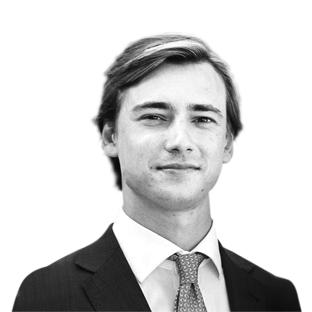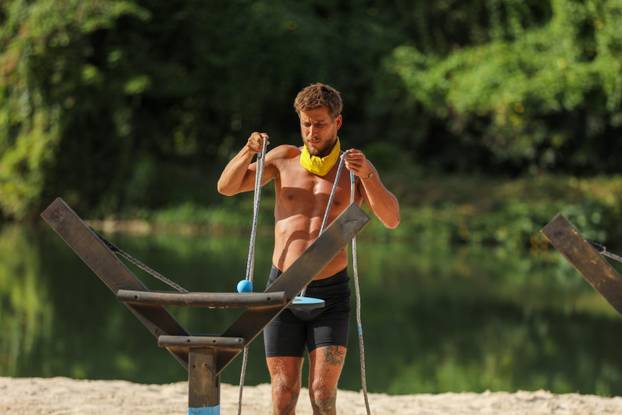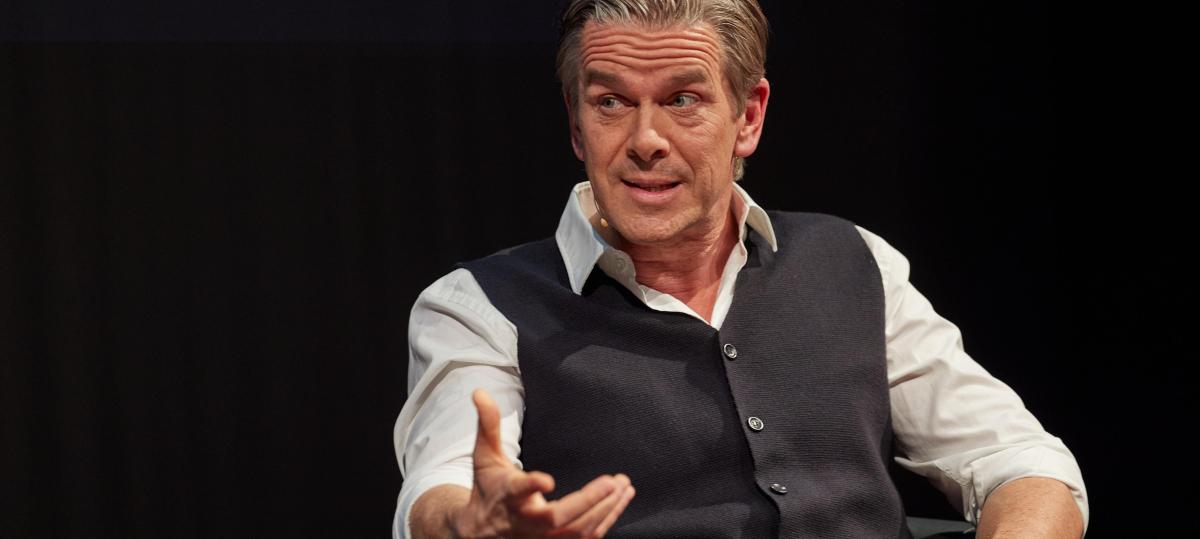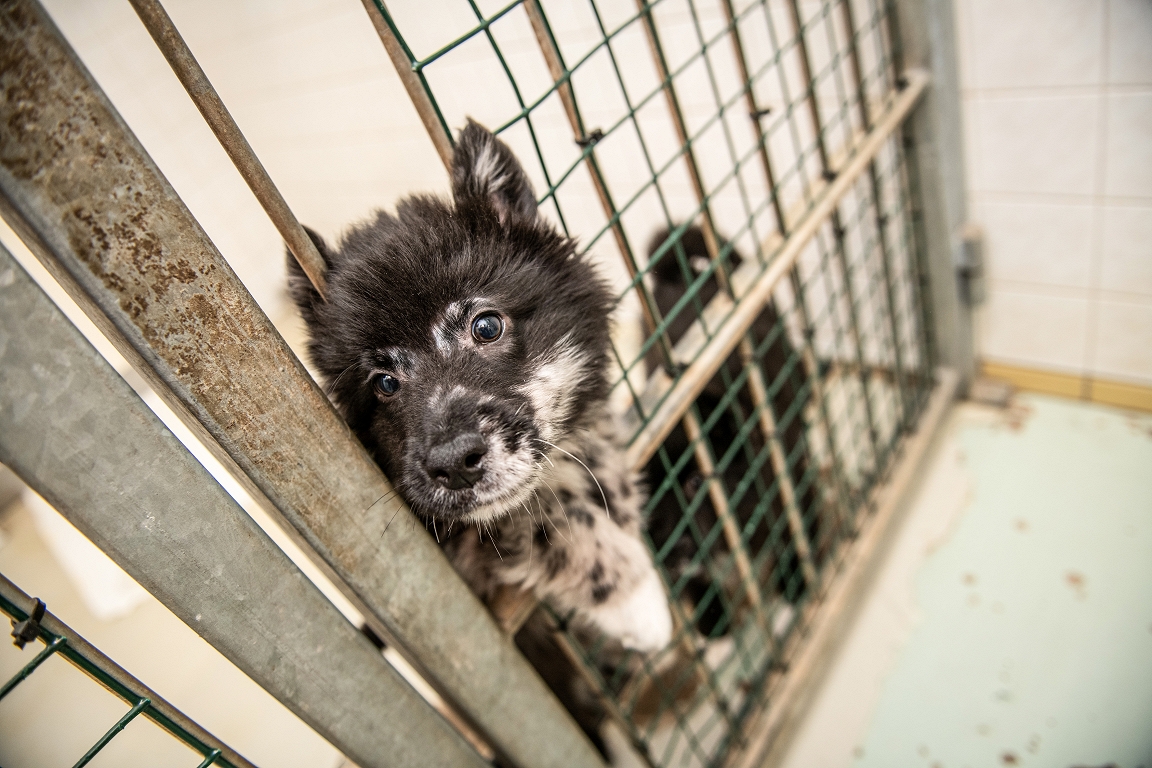Copenhagen
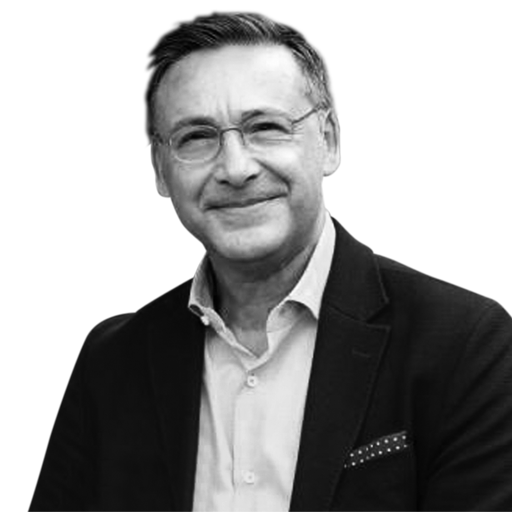
I recently visited Copenhagen for the first time. A treat, as a friend had told me!
Located next to the Øresund Strait, which separates Denmark from Sweden, the Danish capital extends through islands and peninsulas, drawing a flat landscape, only interrupted by the pinnacles of the towers that rise over the harmoniously aligned houses along the quiet channels. With about 660 thousand inhabitants (more than two million in the metropolitan area), it is a urb that combines dynamism with an exemplary quality of life. Known for the bet on sustainability, it stands out for the profusion of bicycles and green spaces. Architecture reflects the balance between history and avant -garde: from the classic real palaces and downtown buildings to the bold contemporary creations such as opera or copenhill – a waste energy appreciation center that also includes a ski track.
Alongside this, the render of the royal guard in the Palace of Amalienborg (in the image) is a ritual perpetuated daily at noon (such as the cannon shot at the sunrise!). Before and after the apparent military ceremony, the fanfare parades gallantly through the city center, playing a festive song that raises the spirit. I wonder if it is not for reasons like this that the descendants of the tribe of damage are counted among the happiest peoples in the world!
Without immediately occurring to me the tale of Lens of Lead, by Hans Christian Andersen (1805-1875), I gave myself to think that, despite the modernity of Copenhagen, the harmony and magic of its historic center reminiscent of a natural-size play. His brick houses, which certainly inspired Ole Kirk Christiannsen (1891-1958), creator of the Lego System, his channels (along with one of them, even in front of the Christiansborg Palace, is the house where Niels Bohr, Nobel Prize for Physics was born in 1922 for his contributions to the understanding of the atomic structure), the old hospital, the older hospital, the old hospital). (and now an exceptional design museum), and the royal guard formations, everything there contributes to an atmosphere of enchantment. Of course, only in a place like that could have emerged the lead soldier.
Published in 1838, this story – which, despite the unfortunate end (albeit beautiful!), Was written for children – narrates the adventures and misadventures of a soldier who had only one leg and falls in love with a paper dancer. She thought she, having a leg raised, was her sister of misfortune. The soldier had been fused from an old tin spoon when there was no enough metal to fill the entire mold, so she with her body incomplete.
Lead soldiers – or rather tin, according to their designation in languages such as the Dane (Tinsoldat) or English (Tin Soldier), among others – were, in a long time, very popular among children; Currently, they are mainly sought by collectors. They were usually made of tin, but also of lead or low melting metal alloys, such as peltre – a tin -composed alloy (between 85 and 99%) and another metal, which gives it hardness (copper, antimonium, bismute or lead). Depending on its composition, the peltre has a melting point between 170 ° C and 230 ° C.
The soldiers of play of our day do not represent a military unit, such as the ancients, are lonely figures made of plastic and with the look of fantastic creatures, often inspired by superheroes, monsters or science fiction beings. Many other things have changed since the time when the celebrated Danish writer traveled around our country (at the time, also a kingdom), who, on a visit in Portugal in 1866, described as follows: “What a transition, when entering Portugal, coming from Spain. It was like leaving the Middle Ages to enter the present. I saw around me warm-fell warm houses, woods surrounded by hedges, cultivated fields, and in large seasons could always take any refreshment. Here they had arrived, like a breeze, the amenities of the modern times of England, or the remaining civilized world. From a picturesque beauty, with beautiful white houses in the middle of the vegetable, Luzia at the top, in front of us, the first Portuguese city, Elvas ». In fact, since Andersen’s visit – who described our country as if one of a landscape of one of his tales of delighting himself, although the reality was different – much changed here: the regimes, the houses, the roads, finally, changed the scenario and changed the protagonists, but the plot, little changed.

